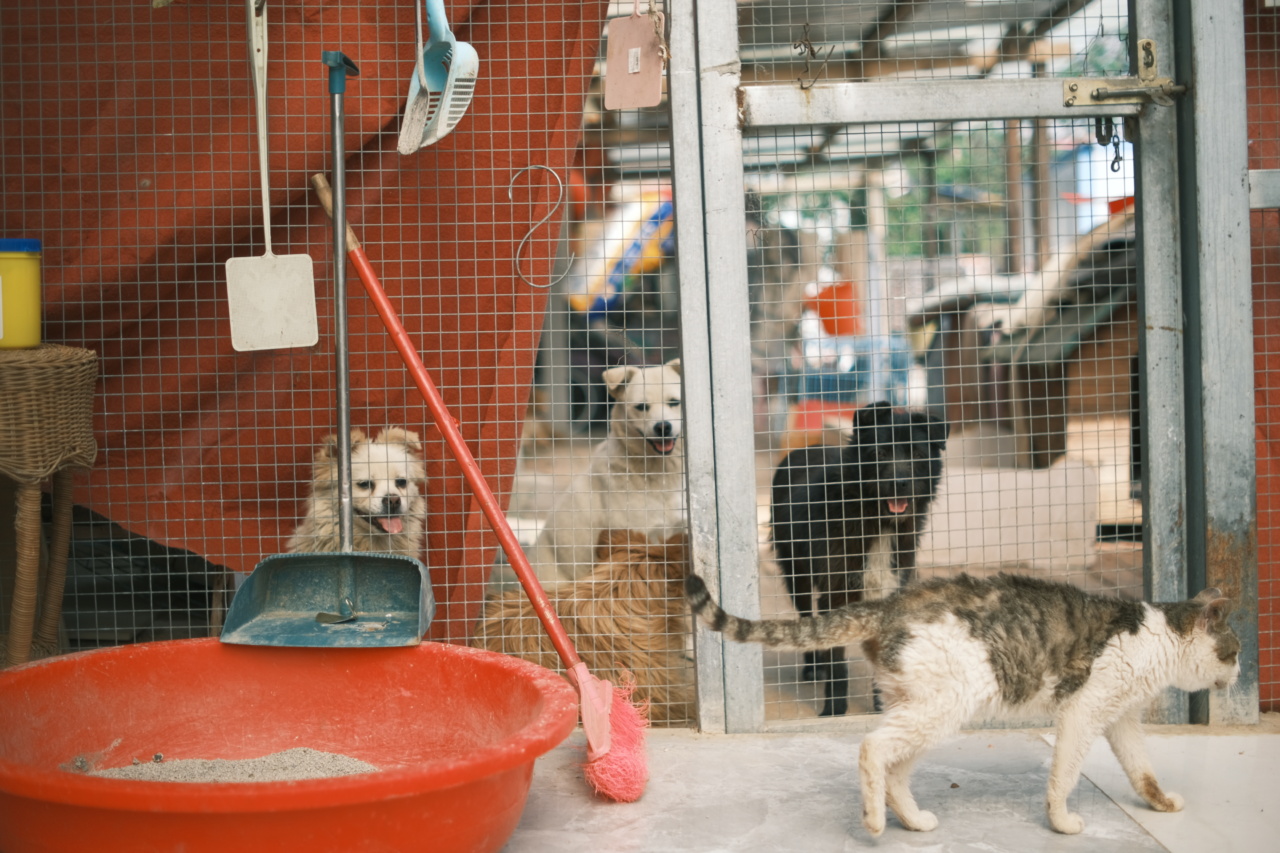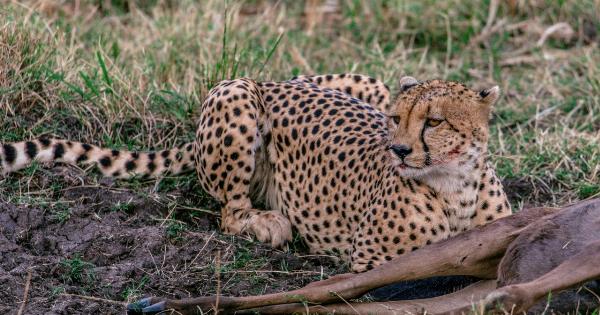When it comes to pets, dogs and cats are two of the most beloved animals. They come in different breeds, sizes, and colors, making them fascinating creatures.
However, beneath their furry and cute exterior lies an unusual anatomy that sets them apart from other animals. From their unique sense of smell to their retractable claws, this article will explore the uncommon anatomy of dogs and cats.
The Nose Knows
Dogs and cats have a remarkable sense of smell that is much more potent than that of human beings. Canines, for instance, have an incredible olfactory system consisting of up to 300 million receptors responsible for detecting different smells.
The part of their brain that processes smells is 40 times larger than that in humans, indicating just how crucial their sense of smell is. On the other hand, cats don’t have as many receptors, but their smell is still about 14 times more accurate than humans, which is why they’re used in detecting drugs and explosives.
Listening Ears
Dogs and cats have excellent hearing, thanks to their unique ear anatomy. Dogs have floppy ears, which help to trap and funnel sounds to their ear canals.
They also have 18 muscles that allow them to adjust the position of their ears to capture sound better. Cats, on the other hand, have pointed ears that they can swivel up to 180 degrees. Their ear muscles also allow them to pick up the slightest sounds, making them ideal hunters.
Molar Matters
If you’ve ever looked at your dog’s or cat’s teeth, you may have noticed they don’t have flat molars like humans. Instead, their teeth are shaped to tear and grind food, which is necessary for their diet.
Cats have sharp, pointed teeth for biting and tearing meat, while dogs have molars at the back of their mouth to crush through bones.
Flexible Spines
Both cats and dogs have flexible spines that allow them to move quickly and with agility. Their spine is made up of 7 cervical vertebrae, which are more flexible than those of other animals.
This flexibility enables them to turn their heads more than 180 degrees and gives them the flexibility to climb, jump, and pounce with ease.
Purrfect Paws
Cats and dogs both have paw pads that protect their feet from rough terrain and extreme temperatures. However, they use their paws differently. Cats have retractable claws that they can extend and contract to help them climb trees and hunt prey.
Dogs, on the other hand, don’t have retractable claws, but their paws have a unique webbing that helps them swim and navigate on slippery surfaces.
Seeing in the Dark
Cats have developed an impressive ability to see in the dark because of their unique eye anatomy. Their pupils are elliptical in shape, which allows them to dilate widely to let in more light in low-light conditions.
They also have an extra layer of tissue in their eyes that reflects light, enhancing their night vision. Dogs have similar but not as advanced night vision abilities.
Different Digestive Systems
Cats and dogs have different digestive systems that require different diets. Cats are obligate carnivores, which means they need to consume meat to get essential nutrients.
Their digestive tract is shorter than that of dogs, which allows them to digest meat quickly. Dogs, on the other hand, are omnivores and can consume a variety of food sources. They have a longer digestive tract, which enables them to digest grains and vegetation better but takes longer to digest meat.
Unique Vocalizations
Both cats and dogs have unique vocalizations to communicate their feelings. Cats purr, meow, and hiss to express contentment, hunger, and annoyance, respectively. Dogs bark, growl, and whine to communicate danger, playfulness, and need for attention.
However, dogs can make a wider range of vocalizations than cats, which makes them better at communicating with humans.
Protective Organs
Dogs and cats have protective organs that help them survive in extreme situations. For example, cats have a flexible backbone that enables them to land on their feet from great heights without injuring their vital organs.
Dogs, on the other hand, have a third eyelid called the nictitating membrane, which protects their eyes from debris and moisture while they run.






























